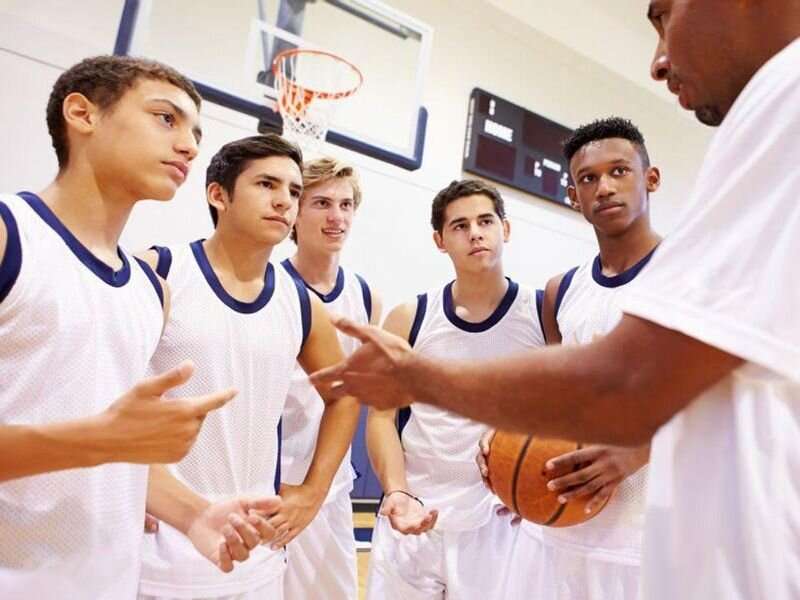Getting back to sports after recovering from COVID-19

(HealthDay)—Folks who've had a tough case of COVID-19 shouldn't hit the gym for basketball or an aerobics class without getting checked out by their doctor first, according to the American College for Sports Medicine.
The disease wracks the body in ways that can be tough on athletes, especially if they develop "long" COVID, sports medicine expert Dr. Meredith Turner said in a college advisory.
"These persistent symptoms, including cough, elevated resting heart rate and extreme fatigue, can last for weeks to months after COVID-19 infections," Turner said. "Cardiac damage has been seen in about one quarter of patients with severe COVID-19 illness."
The severity of your bout with COVID is a sign of the risk you face returning to physical activity, said Turner, a family and sports medicine physician in Nassau, Bahamas:
- Low-risk folks are those under 50 who had no symptoms or mild symptoms that resolved within seven days.
- Moderate-risk people are those who didn't need hospitalization but had symptoms of fatigue lasting more than seven days, or developed prolonged shortness of breath or chest pain.
- High-risk patients required hospitalization or experienced shortness of breath or chest pain while at rest or while performing simple household tasks.
Patients at moderate or high risk need to undergo an electrocardiogram before picking up their exercise routine, Turner said. Some also might need to undergo blood tests to see if their heart was damaged by COVID.
"Ideally, a multi-disciplinary team comprised of specialists in cardiology, pulmonology and sports medicine will collaborate to create a personalized exercise prescription for these patients," Turner said.
Low-risk COVID patients should rest for at least 10 days after being diagnosed. If they don't develop symptoms within seven days, they can begin a gradual return to physical activity, Turner said.
COVID patients returning to exercise should wait until they can easily perform activities of daily living or walk about a third of a mile on flat ground without experiencing excessive fatigue or shortness of breath, Turner said.
Even then they should start slowly, limiting their physical activity to light exercise lasting no more than 15 minutes. Athletes shouldn't dive into heavy resistance training or sports-specific drills until they've spent at least two weeks at minimal exertion, Turner said.
"If there is an occurrence of any red-flag symptoms, such as chest pain, severe shortness of breath or rapid/irregular heartbeat, the athlete should be evaluated by a primary care provider, and possibly referred to a cardiologist or pulmonologist," Turner said.
More information: The Cleveland Clinic has more on COVID and athletes.
Copyright © 2021 HealthDay. All rights reserved.




















